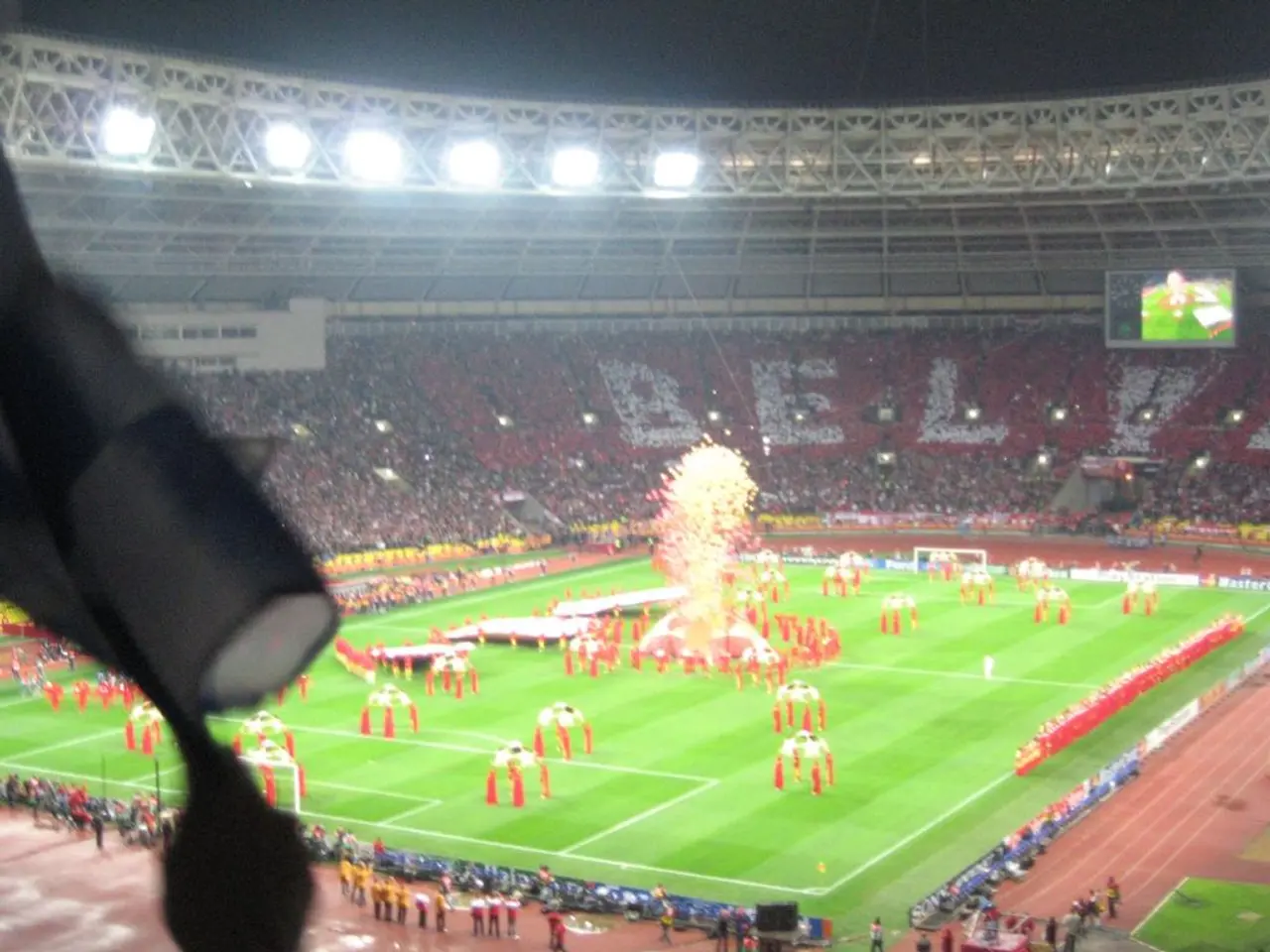U.S. imposing fresh tariffs on India due to deals with Russia's government - United States imposes new tariffs on Indian goods due to reported trade agreements with Russia
The United States has imposed an additional 25% tariff on Indian imports of Russian oil, effectively doubling the previous 25% tariff to a total of 50% on covered Indian-origin goods[1][2][4]. This measure is part of the U.S. government's effort to strengthen sanctions against Russia for its ongoing aggression in Ukraine, aiming to reduce Russia's economic support by deterring countries like India from importing Russian energy[1][3].
The tariffs are a strategic move by the U.S. to weaken the Kremlin's economic foundation, which primarily funds its war machine through the sale of raw materials, especially fossil fuels like oil and gas[3]. The U.S. administration sees India’s purchase of Russian oil as enabling Russia’s war efforts in Ukraine, constituting a threat to U.S. national security and foreign policy interests[3].
The tariffs build on previous executive orders and sanctions frameworks declared under the Biden and continued by the Trump Administration, which prohibit imports of Russian-origin energy products and seek to isolate Russia economically[1][3]. The tariffs serve as a tool to pressure India to reconsider its geopolitical stance and reduce its energy and military purchases from Russia, signaling a widening trust deficit between the U.S. and India[2].
In June, India was the second-largest buyer of Russian fossil fuels, with purchases worth 4.5 billion euros. Oil accounted for 80 percent, or 3.6 billion euros, of India's purchases from Russia[4]. India receives oil and other energy carriers at significant discounts below the world market price from Russia[3].
The escalation in U.S.-India trade tensions might complicate broader diplomatic relations and could impact India’s economic interests, potentially influencing India's future stance on Russia and the Ukraine conflict[2]. The tariffs are intended to discourage India and potentially other countries from indirectly or directly importing Russian oil, thus strengthening the global sanctions regime against Russia[3].
If the ceasefire is not achieved within the deadline, Trump threatened sanctions against Russia's trading partners[1]. The US president's move aims to further weaken the economic foundation of the Kremlin[1]. The tariffs will come into effect 21 days after the signing of the relevant decree, according to the Republican's order[1].
It was already considered extremely unlikely that Putin would agree to the war's end demanded by Trump[1]. The US special envoy, Steve Witkoff, was in Moscow on the same day as Trump's announcement against India[1]. Trump had previously threatened higher tariffs in connection with Russia's attack on Ukraine but had not specified any figures until now[1].
In summary, the 25% tariffs are a strategic sanction tool by the U.S. to penalize India’s oil imports from Russia, aiming to weaken Russia's war economy and pressuring India to align more closely with Western sanctions on Russia, thereby influencing the dynamics of the Ukraine war[1][2][3][4].
Despite the ongoing tension between the United States and Russia due to the Ukraine conflict, it is essential for countries like India to consider the benefits of sports diplomacy as a means of fostering relationships and promoting peace. The Commission is proposing to extend the period of validity of an agreement to cover the period from 1 January to 31 December, with the aim of establishing a bilateral sports exchange program between India and the United States. This increased interaction through sports could help bridge differences and provide a platform for dialogue and understanding, potentially reducing the negative impact of economic sanctions on a global scale.








